Lisa Marshall discusses the future of nuclear education
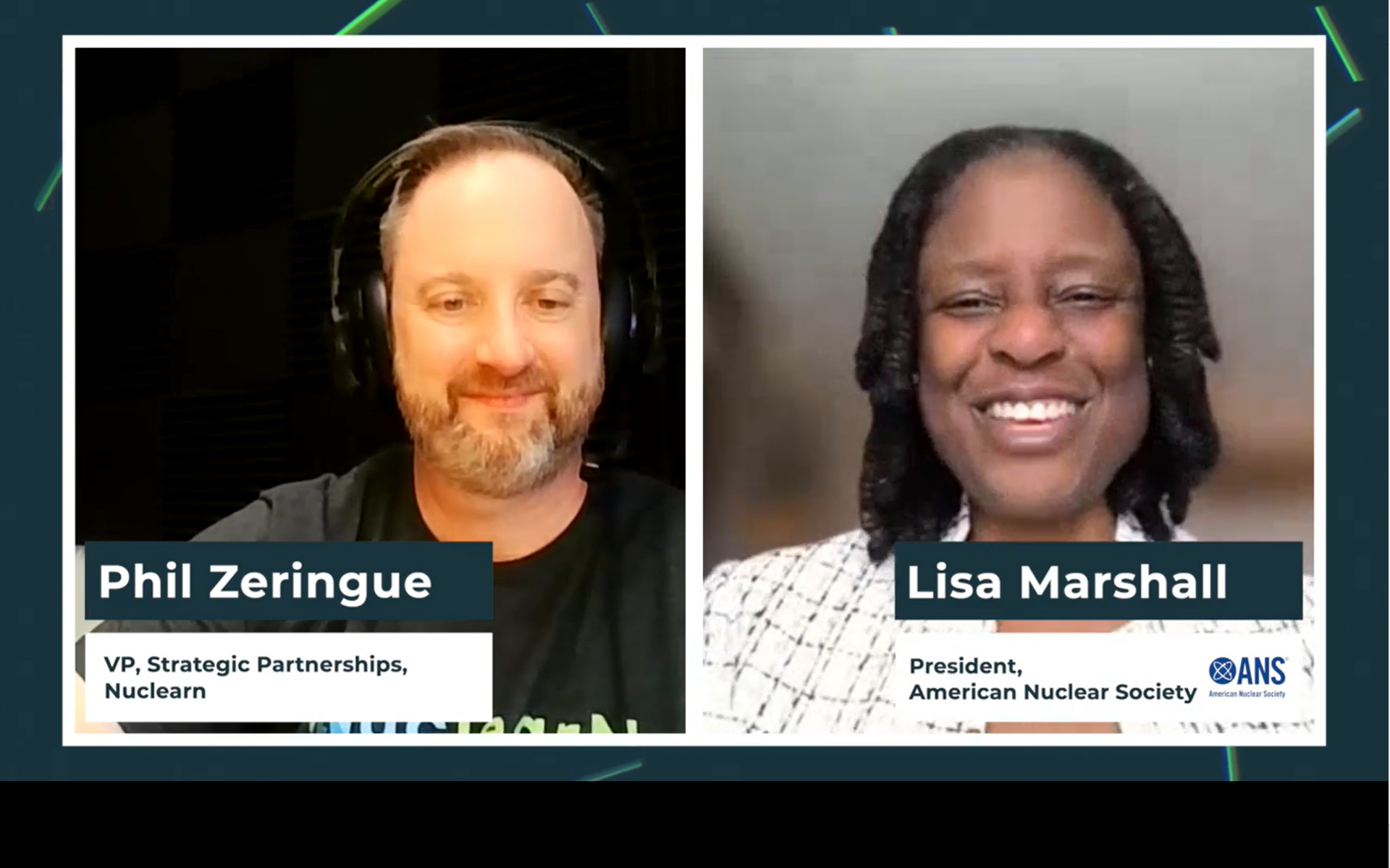
ANS President Lisa Marshall recently sat down with Phil Zeringue, vice president of strategic partnerships at Nuclearn.ai to talk about the evolving state of education in the nuclear world.

A message from Goodway Technologies
Optimizing Maintenance Strategies in Power Generation: Embracing Predictive and Preventive Approaches

ANS President Lisa Marshall recently sat down with Phil Zeringue, vice president of strategic partnerships at Nuclearn.ai to talk about the evolving state of education in the nuclear world.

Lawmakers are crossing the aisle to back proposals to expand nuclear power and nuclear research in the Badger State, especially as energy-hungry data center projects advance in Wisconsin and projections for energy demand soar.
The state has a goal of reaching net-zero emissions by 2050 but will also need to generate more power to support data center plans, such as those being discussed in Port Washington and Beaver Dam, according to media reports.
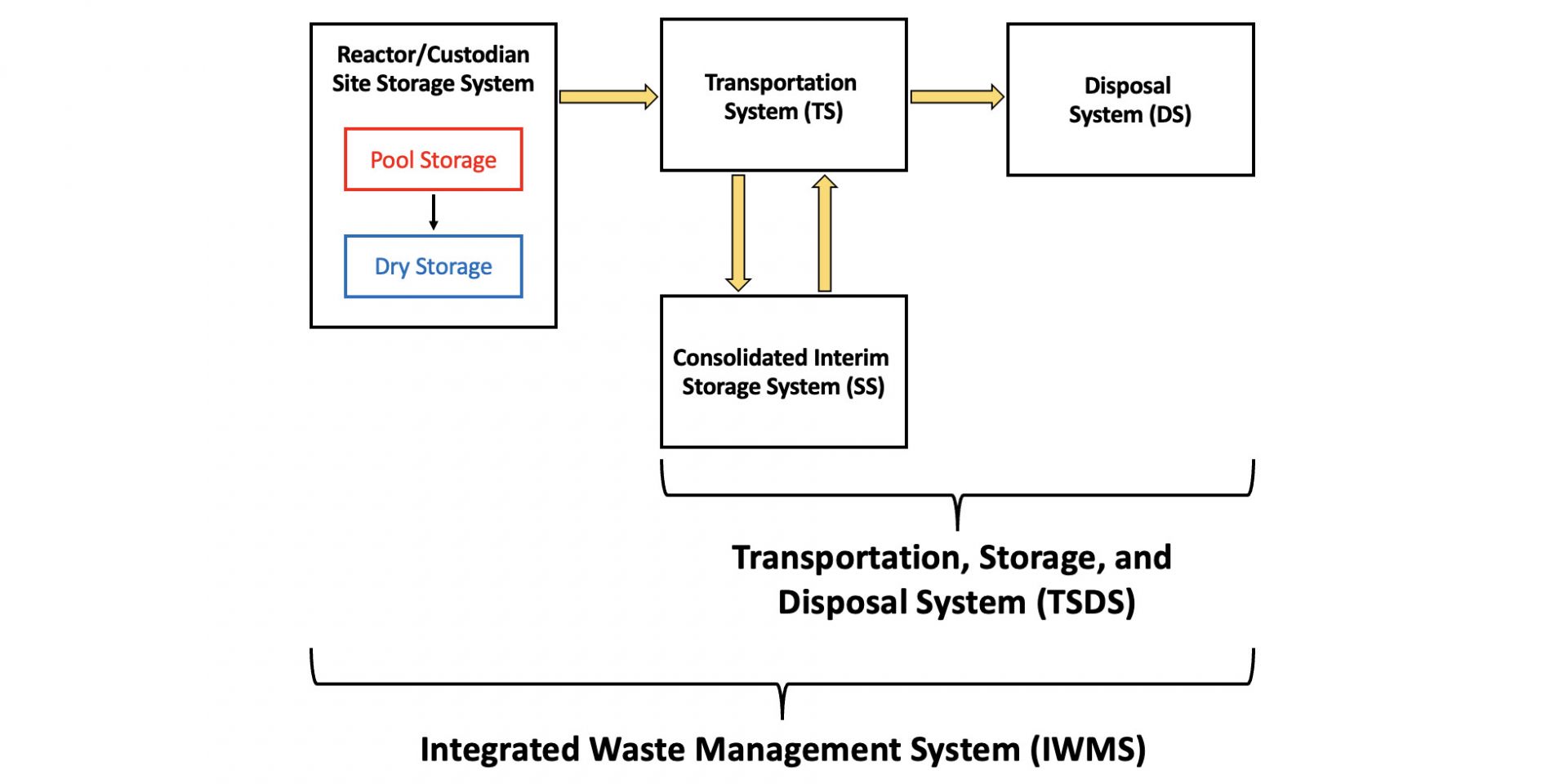
Nuclear energy produces about 9 percent of the world’s electricity and 19 percent of the electricity in the United States, which has 94 operating commercial nuclear reactors with a capacity of just under 97 gigawatts-electric. Each reactor replaces a portion of its nuclear fuel every 18 to 24 months. Once removed from the reactor, this spent (or used) nuclear fuel (SNF or UNF) is stored in a spent fuel pool (SFP) for a few years then transferred to dry storage.
The Department of Energy’s Hanford Field Office and Washington State Department of Ecology (Ecology) will hold a virtual public meeting on April 30 to learn more about the siting, construction, and operation of a proposed Contact-Handled Waste Processing Treatment and Storage Area at the DOE’s Hanford Site near Richland, Wash.

Los Alamos National Laboratory recently performed a series of customized criticality experiments to obtain data that will support the transportation of HALEU TRISO fuel, the Department of Energy announced April 21.
Reports say LPO could lose more than half its staff
Nearly 60 percent of staff at the U.S. Department of Energy’s nuclear-friendly Loan Programs Office may be lost through President Trump’s deferred resignation program, the Washington Examiner reported.
According to the news outlet, 123 of the 210 current LPO employees have opted into the retirement buyout, which would amount to a 58.5 percent staffing cut in the office that helps finance new nuclear projects among other energy proposals. There is a 45-day period for federal employees older than 40 to change their minds, which could impact the final number of exiting staff.
Bipartisan legislation introduced into the U.S. House of Representatives earlier this month seeks to close a loophole that currently allows medical patients to be unintentionally exposed to radiation without reporting or disclosure. The Nuclear Medicine Clarification Act of 2025 (H.R. 2541) was introduced into the House by Reps. Don Davis (D., N.C.), Morgan Griffith (R., Va.), and Ben Cline (R., Va.), who said the legislation would improve care and ensure transparency for patients and simplify federal rules coming from the Nuclear Regulatory Commission.
A recent American Nuclear Society webinar laid the basic groundwork in understanding radiation and the risks it presents. Robert Hayes, an associate professor of nuclear engineering at North Carolina State University and joint faculty member at Savannah River National Laboratory, presented “Radiological Risk in Perspective,” the latest online event in ANS’s Educator Training offerings.
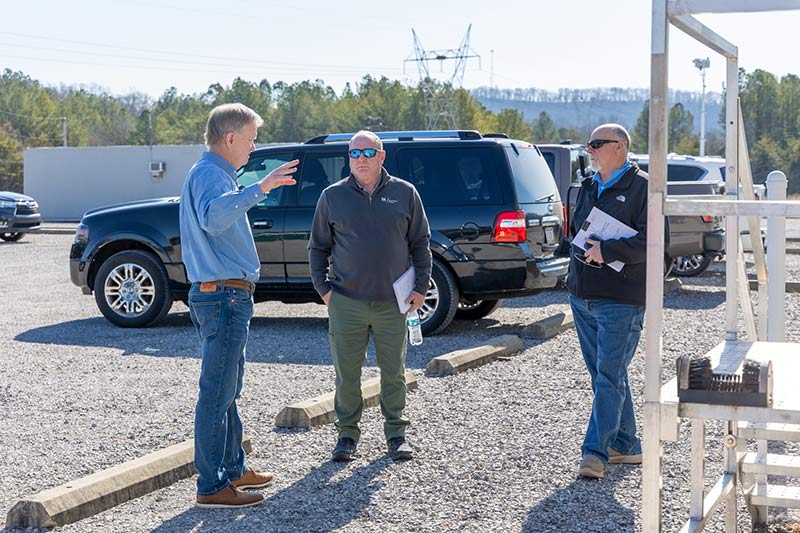
In a Q&A posted on TVA’s website last week about a “new nuclear heyday,” Bob Deacy shared his vision for the Clinch River nuclear site in Oak Ridge, Tenn.—and some news about next steps for the company’s small modular reactor plans.
The Tennessee Valley Authority’s senior vice president for the Clinch River project, Deacy described his vision for up to four SMRs built on plots smaller than a football field with state-of-the-art digital equipment and a newly trained workforce providing reliable 24/7 power to the grid.
 The Department of Energy’s Office of Environmental Management announced it has awarded a contract worth nearly $153 million to North Wind Dynamics for infrastructure support services at the DOE’s Paducah Site in Kentucky. According to DOE-EM, the company, a small business based in Idaho Falls, Idaho, was chosen based on “key personnel, organization, and management approach, past performance, and value to taxpayers.”
The Department of Energy’s Office of Environmental Management announced it has awarded a contract worth nearly $153 million to North Wind Dynamics for infrastructure support services at the DOE’s Paducah Site in Kentucky. According to DOE-EM, the company, a small business based in Idaho Falls, Idaho, was chosen based on “key personnel, organization, and management approach, past performance, and value to taxpayers.”

James Conca
Nuclear is—period. But don’t take my word for it: ask the United Nations. The 2021 report Life Cycle Assessment of Electricity Generation Options, by the UN Economic Commission for Europe (UNECE), shows that nuclear has the lowest overall impacts on human health and the environment, by any measure and from any perspective.
In his 1938 article “Economics in Eight Words,” Walter Morrow really hit the nail on the head when he quipped, “There’s no such thing as a free lunch.” Although he was referring to the olden days when saloons offered free lunches only if you bought alcoholic drinks, it is perfectly suited to the energy industry.
New ultrasonic testing equipment being used by the Department of Energy’s Idaho Cleanup Project (ICP) to confirm the integrity of thousands of legacy waste drums is saving taxpayers tens of millions of dollars, the DOE’s Office of Environmental Management announced.
The technology allows ICP personnel to inspect the thickness transuranic waste drums held in storage at the DOE’s Idaho National Laboratory Site, ensuring they meet Department of Transportation minimum thickness requirements to be shipped for disposal at the Waste Isolation Pilot Plant in New Mexico. According to DOE-EM, if drums meet the DOT thickness requirements, they can be loaded directly into shipping casks without the need for an expensive overpack container, leading to a minimum cost savings of $26 million.
An international team of researchers have collaborated to reduce operational risk and realize a vision of long-term success for the Waste Treatment and Immobilization Plant (WTP) at the Department of Energy’s Hanford Site near Richland, Wash.
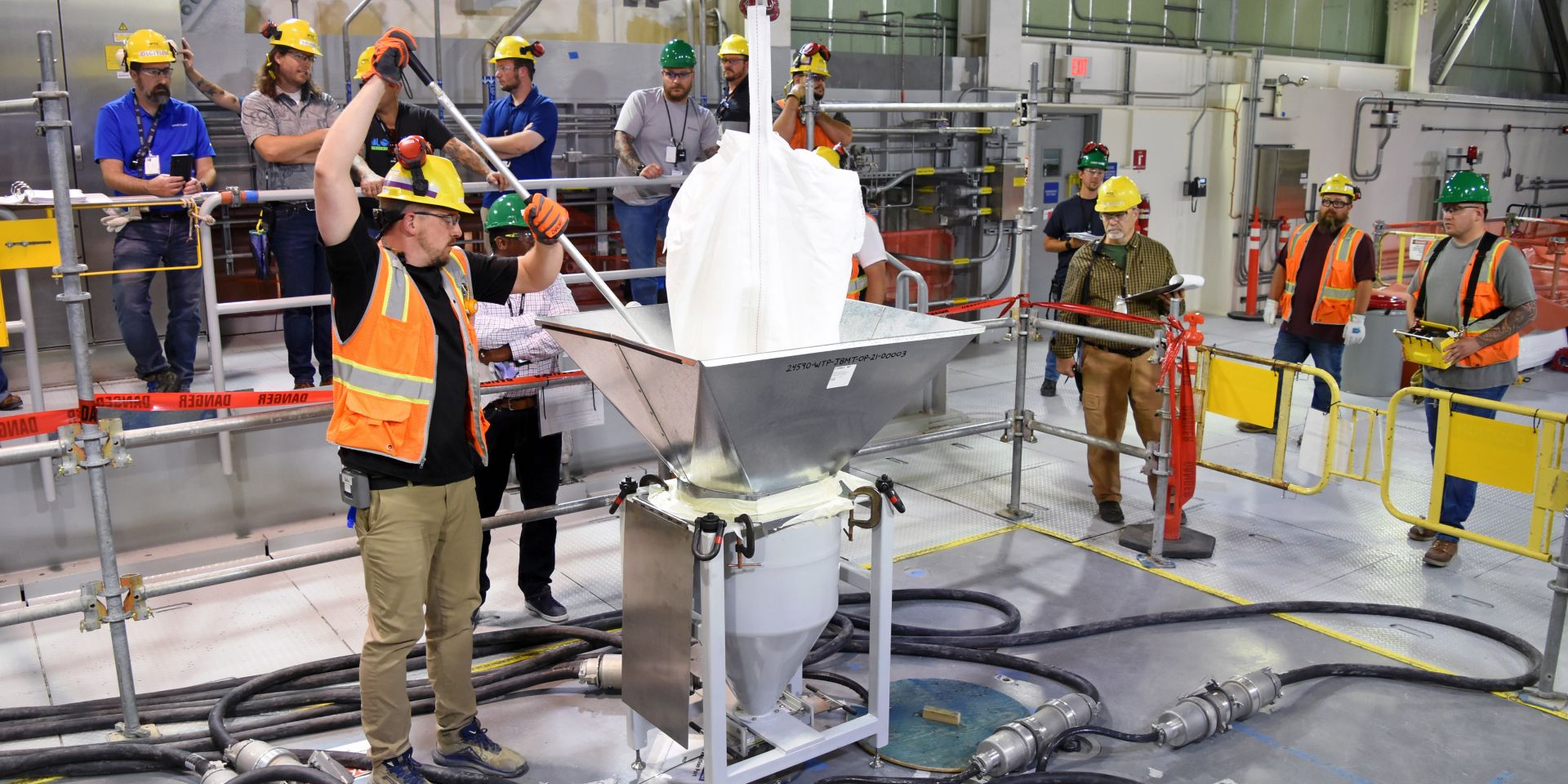
For over a decade, the DOE’s Hanford Field Office (HFO) has been working with national laboratories, universities, and glass industry experts to establish capabilities and generate data to increase the confidence in a successful startup and transition to full-time operations at the WTP.

BWX Technologies Inc. has purchased about 97 acres of land in an Oak Ridge, Tenn., industrial park where the company expects to build a uranium enrichment facility using a technology called DUECE, or, Domestic Uranium Enrichment Centrifuge Experiment. DUECE was developed at Oak Ridge National Laboratory to provide enriched uranium for the Department of Energy’s National Nuclear Security Administration, and BWXT is several months into a yearlong engineering study to evaluate options for deploying a centrifuge pilot plant using DUECE.
Seattle-based TerraPower signaled its interest this week in building its Natrium small modular reactor in the United Kingdom, the company announced.
TerraPower sent a letter to the U.K.’s Department for Energy Security and Net Zero, formally establishing its intention to enter the U.K. generic design assessment (GDA) process. This is TerraPower’s first step in deployment of its Natrium technology—a 345-MW sodium fast reactor coupled with a molten salt energy storage unit—on the international stage.
Oak Ridge National Laboratory has successfully removed legacy radioactive waste stored for more than five decades, marking a significant cleanup milestone. The Oak Ridge Office of Environmental Management (OREM) and cleanup contractor UCOR processed and shipped highly radioactive source material, including radium-226 and boron, out of state for permanent disposal.
A group of universities led by the American Association of Universities (AAU) acted swiftly to oppose a policy action by the Department of Energy that would cut the funds it pays to universities for the indirect costs of research under DOE grants. The group filed suit Monday, April 14, challenging a what it termed a “flagrantly unlawful action” that could “devastate scientific research at America’s universities.”
By Wednesday, the U.S. District Court judge hearing the case issued a temporary restraining order effective nationwide, preventing the DOE from implementing the policy or terminating any existing grants.

The American Nuclear Society’s Risk-informed, Performance-based Principles and Policy Committee (RP3C) held another presentation in its monthly Community of Practice (CoP) series on April 4.
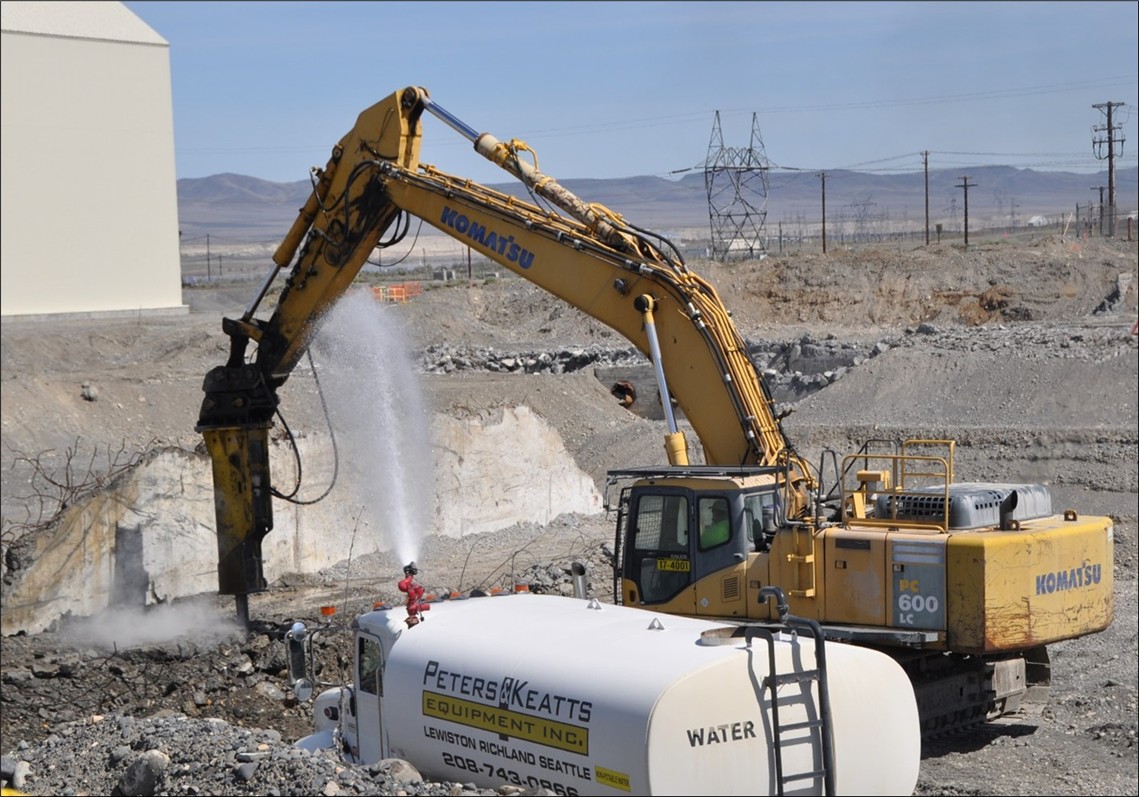
The cost to complete the cleanup of the Department of Energy’s Hanford Site in Washington state could cost as much as $589.4 billion, according to the 2025 Hanford Lifecycle Scope, Schedule, and Cost Report, which was released by the DOE on April 15. While that estimate is $44.2 billion lower than the DOE’s 2022 estimate of $640.6 billion, a separate, low-end estimate has since grown by more than 21 percent, to $364 billion.
The life cycle report, which the DOE is legally required to issue every three years under agreement with the U.S. Environmental Protection Agency and Washington State Department of Ecology (Ecology), summarizes the remaining work scope, schedule, and cost estimates for the nuclear site. For more than 40 years, Hanford’s reactors produced plutonium for America’s defense program.
Leaders in Ghana announced recently that the country has a “framework agreement” with U.S.-based companies NuScale and Regnum Technology Group.
The announcement made by Stephen Yamoah, executive director of Nuclear Power Ghana, was reported by the Ghana News Agency on March 31. He also said Japanese firms will be working in partnership with NuScale and Regnum on the small modular reactors while the China National Nuclear Corporation will construct a large reactor.